Rajasthan is considered as one of the most vibrant states in India. Rajasthan proudly flaunts the Rajput style of architecture. Rajput architecture is a plain mixture of Mughal and Hindu structural designs. The state Rajasthan has the beauty of its own. Extravagant forts, Carved Temples and Have- lis completes the State. Most popular architecture in Rajasthan includes Jantar Mantar, Dilwara Temples, Lake Palace Hotel, City Palaces, Chittorgarh Fort and Jaisalmer Havelis. Architectures of Rajput designed and constructed major architectural styles which are located in cities like Jaisalmer, Udaipur, Jaipur and Jodhpur. Being the biggest state, Rajasthan also holds the title of highest number of significant historical architectures. The place provides plenty of study material for aspiring historians.
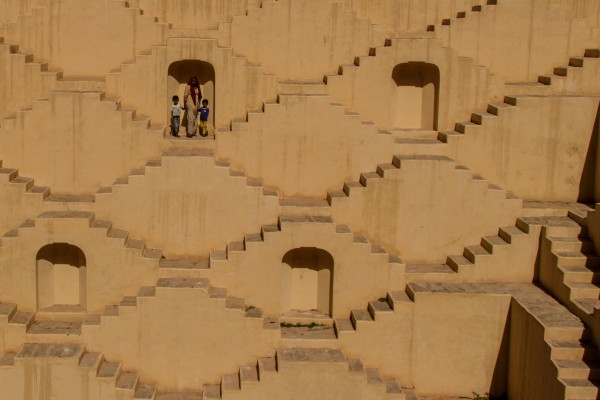
Panna Meena Ka Kund (Jaipur)
What makes Rajasthan incredible is the fact that it has an outstanding arrangement of colonial, Islamic and Hindu architecture. Rajasthan stays as one among the major tourist spot in India, solely because of the lavish architectural heritage. Concepts dealing with architecture have their roots in abstract notions. Indian architecture mainly consists of pavilions, courtyard, terraces threshold and realms. All these make any architecture unique particularly Indian.
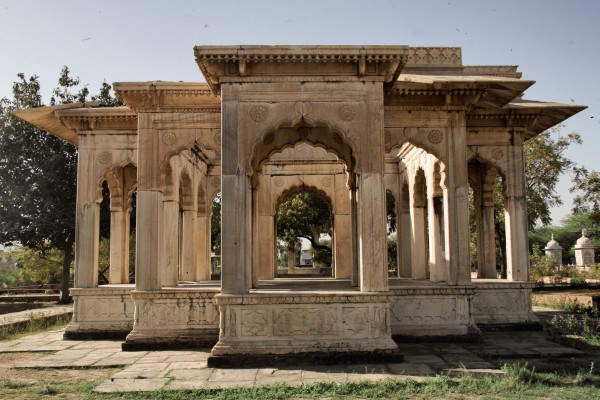
Architects focus heavily on stone carvings, and they incorporate these structural designs widely into temples, palaces, and ghats.Indian architecture is a conjunction if huge stone carved Temples, gateways, Palace complexes, Historical Mosques and Tombs. Domestic Architectures which don’t have much influence from either Hindu culture or Muslim culture. These architectures have its flair and refinement.
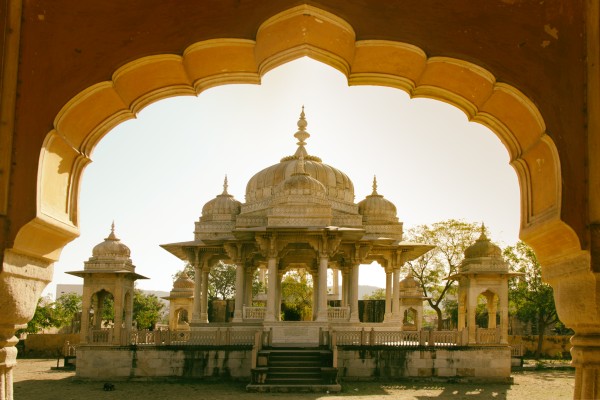
Maharani Ki Chhatri , Jaipur
The surrounding temperature. Even simple design elements like texture controls the amount of heat Inside these architectures. Rajasthan architecture is a prime example of technological brilliance and use of secondary science to cope up with the climatic disadvantages. This style of architectures doesn’t rely too much on aesthetics because of the same reason. Rajasthan’s architects structured the entire architecture in a way that clearly reflects thoughtful aesthetic planning and detailed craftsmanship.
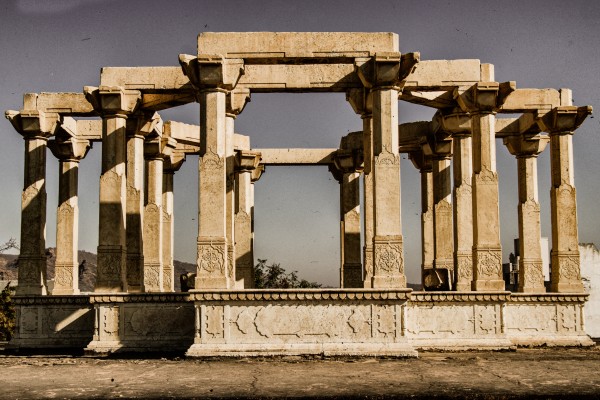
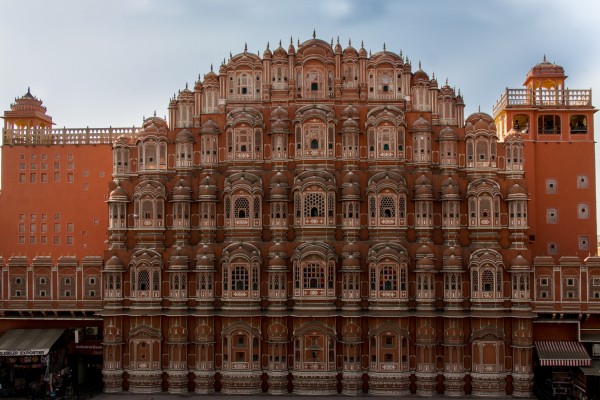
Hawa Mahal, Jaipur
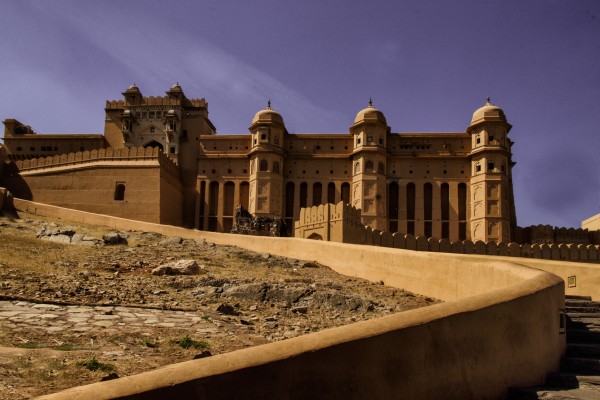
Amer Fort, Jaipur
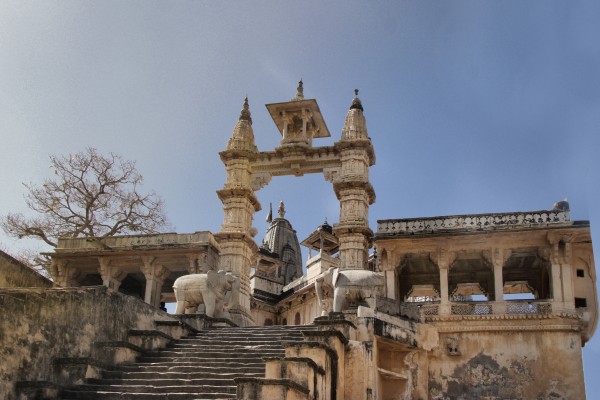
Jagat Shiromani Temple, Jaipur
Mughals and Rajputs believed that architectures are more than just showcasing element. They believed that these will lead to mythical connections and strongly believed that these will reflect their religious values. They kept even the simplest thing in mind when constructing these massive structures. From textures to shape of the structures, they flaunts the style and uniqueness of their style of architecture.
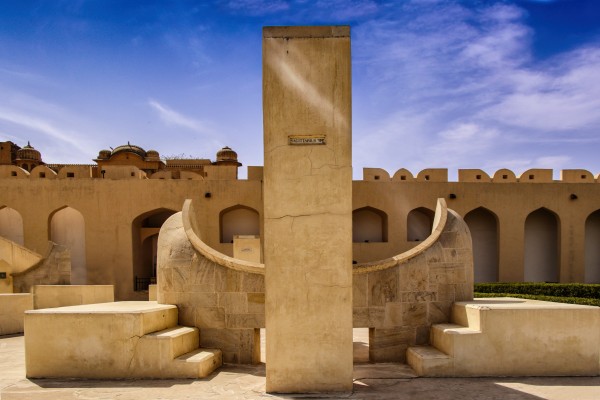
The key reason why conserving and maintaing the architecture is the most important responsibility of any government is that it can lead to a better economy by the money it generate through tourism. These architectures are surely tourist hotspots that has the potential to drive more travellers around the world.
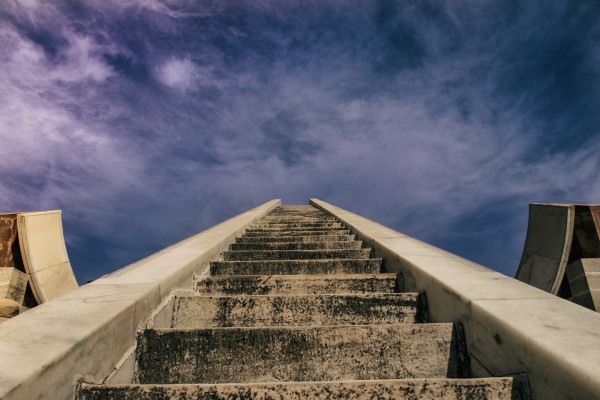
Jantar Mantar
When tourism generates more money, it directly boosts and develops the economy. Another reason to preserve these structures is that people have already come to recognize these architectures as the face of Rajasthan. Everyone in India and around the world identifies Rajasthan as a state filled with vibrant architecture and dramatic portraits. This reason significantly increases the responsibility of both citizens and the people of Rajasthan to come forward to maintain the cleanliness of the city. If a pink city like Jaipur can maintain the cleanliness it is possible that the entire Rajasthan can adopt and learn the practice. Traditional architecture with a blend of local art, Rajasthan offers a huge package to the art and architecture enthusiast.
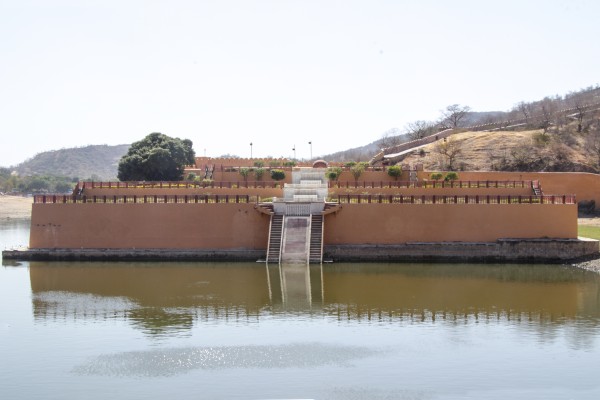
Rajasthan architecture is rooted deep in its history, religion and culture. Architecture alone is enough to narrate the story and culture of Rajasthan. One of the greatest achievements of Indian civilisation is its architecture and every generation has the responsibility to conserve and pass its value for the next generation.
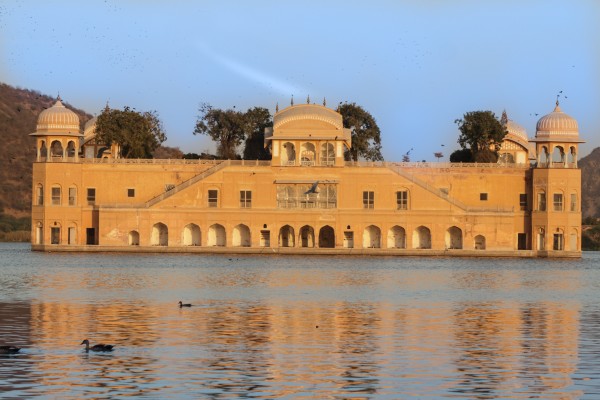
Jal mahal Jaipur
The key factor that leads to proper conservation is self awareness and self realization that we are destroying our own history in the name of social media. When the people starts taking responsibility over the cultural heritages a new chapter of Architecture begins.
Copyrights: All the photos and text in this post are the copyright of Ramess Rajan and Creative Hut Institute of Photography and film. Their reproduction, full or part, is forbidden without the explicit approval of the rightful owners.


